Build your website with us.
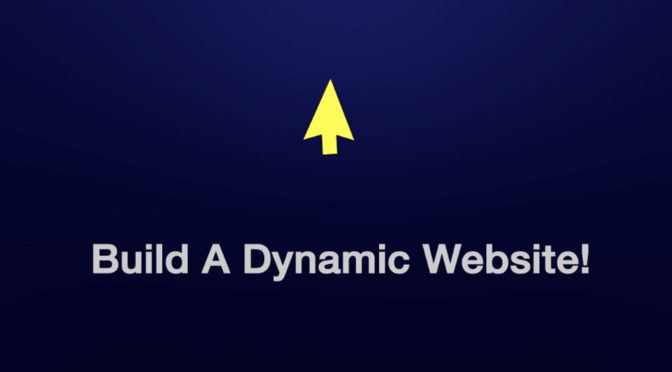

Build your website with us.
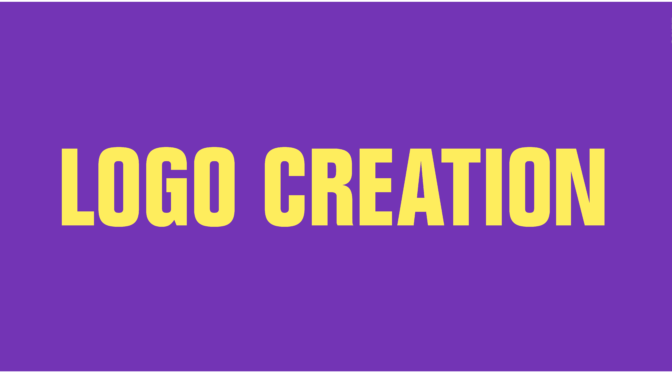
Ah, the logo designing process.
Yes, it’s a process. But, how long it takes to get that finalised (approved) logo.
Logo creation doesn’t happen overnight. Designers work on the idea in 360 degree pattern, takes time of trial & error, working with typography, fonts and colours. There are many designs and final “drafts” that designers never show to client, as they only choose the best of the bunch.
After talking to designers, logo designing process goes like this:
Phase 1 – The first conversation
The phase is the foundation of the logo idealisation process. When the meeting with the client, designers must make sure about their requirements, what their design needs are, and what their business goals are. Logo design experts start imagining the design based on the client’s conversation and their usage of the words. In this case a notepad is the best gift. It eventually helps the words turn to images and then into the brand logo.
Also, sometimes, client may not be able to verbalise the exact thought what they envisioned for the logo, so, designers must ask pertinent questions that should help the client pass on any applicable information.
Phase 2 – Research, research, research
Once the designers have enough information, they must delve deeper into the research stage. As a professional freelancer or a lead designer handling a team, research need to be done based on a number of factors. Sometimes, designers must research on the company’s market statistics, competitors to know in-depth of what the company represents and stands for.
Phase 3 – Brainstorming and conceptualisation
During this phase, identifying the right keywords related to the company product or service should be a common practice in the creative process. Designers must work in and around the logo design need based on the company’s geographical location, culture or the demographics that the company is targeting to. Designers must work on trial & error process regarding colours, shapes , calligraphy, font size and lot more.
The designers will evaluate the clients brand and create an original logo that speaks to its core identity. There are several logo styles that can be used such as Wordmark (Text), Lettermark (Initials), Brandmark (Symbol or Icon), Combination Mark (Text and Symbol), Emblem (Text Inside Symbol)
Phase 4 – Here comes the draft production
Once the sufficient information is received, the draft production begins. The digital design is usually implemented using design software told such as Adobe Illustrator( the most popular), Corel Draw, Photoshop, InDesign.
The best sketched design picks will be recreates on the computer,With the addition of colour , font size and using trials & error process again, the design will be tweaked until it gets the actual client’s representation look.
Phase 5 – The feedback time
Now that designers have created a good number of options, the most effective choices are presented to the client for consideration. Generally, a good submission practice is to give a written description along with the logo design. In this way, the client will have the overall picture and it helps them to compare with their vision that they had for the design. After they received the collateral, the client will respond with the notes. Then the designer will take the client’s feedback and make changes accordingly. Again, the improved version is again presented to the client. This stage will continue until the client approves the design.
Step 7: Finalisation
Now that the design is approved, the designer will send he logo design in various file formats that can be used for various marketing collateral outputs. whether it is for the website or for the campaign banners, the important file type includes WPS, JPEG and sometimes TIF in certain circumstances.
Upon the delivery of the final files, the designer will continue working with the client to create a full brand identity system using the new logo.
Conclusion
Designing a logo is a time-consuming project with many phases of development required the produces the final product. The more the designer is aligned with the client’s requirements, the more successful will be the final design. When the process is implemented, the result logo design will be the asset to the company’s marketing efforts.
By Guest Blogger~ Veena Bhargavi Rallabhandy
Check her out at https://designpsych.in
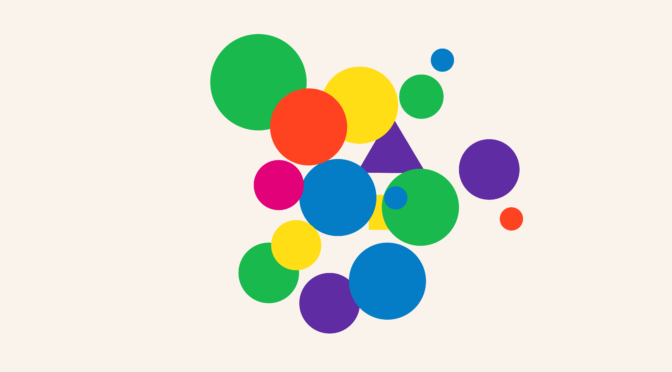
Colours are a means of visual communication.
People have a natural reaction to colours.
They communicate a certain trait or emotion of the brand through the colours it represents.
Blue is generally seen as a secure, calm, caring , trustworthy colour. Red is seen as a passionate, bold, energetic, love colour. Yellow is seen as a fun, playful, optimistic colour. Black is seen as sophisticated, luxury, formal and authoritative colour.
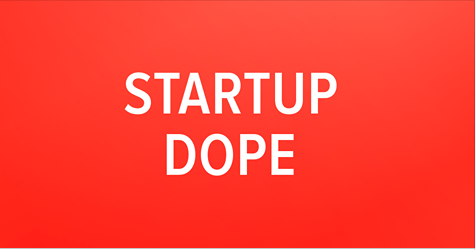
We couldn’t be happier to announce our win.
Especially when others are doing it for us.
Our award for Innovation in Design by Kyoorius, 2017
gets covered by The Startup Dope.
Check it out here:
http://startupdope.com/businesswire/2857story/?for=N&Value=HgDQHbqJyFCV1G19%2bPenzghjf%2b35%2bz2hXQQ%3d

We live in an interesting time of growth and progress.
Change is the only constant.
In India too, change has been felt in the design industry.
Design is the one of the only links between business and the society. “ It is a perfect response to bind people together and to elevate human life through harmonious synchronisation of needs and solution.”
Design caters to the special needs to all forms of society, be it impoverished or niche.
Design in India has come a long way, still relatively a smaller sector but its importance is being felt today. It has changed from being just a mere profession to being an instrument in the development of new business models. The focus of design in India has shifted from being a mere function of aesthetics to becoming a strategic process. The Indian design industry in maturing today, regardless of its small size, it has been seen to make an impact in the economy and various businesses.
In India it is easy to communicate to those who reside in urban cities as they are influenced both by the urban west and other developing countries. What is more important is to communicate to the impoverished village dwellers, and slowly the design industry in India has tried touching their lives in the villages as well.
According to the commerce and Industry Minister, Govt of India has a need for about 10,000 designers in India, and at present India has just about 1000 design graduates, meaning that we have only two designers for every millionth person in India as opposed to Finland with 120 and Japan at 90.
In this light the government of India has stressed that the design industry shift its focus to two and three tier cities to encourage the growth of designers and to have these cities be the driving force and backbone of design in India, and the future of Indian economy.
With more and more corporates in India, an ever-increasing economy and as the modern Indian becomes more affluent, consumers too look for well designed products and services, the scope for design in India has increased in two and three tier cities in India.
Indians today are well traveled, with an exposure to global design and minimalism has slowly crept into design. One of the most recognisable changes in design is the shift in focus to minimalistic designs. As Ashwini Deshpande, co-founder of Indian design and branding studio Elephant says, “There is so much being consumed in the form of words, pictures and sound, that there is a fatigue towards excess. We have also seen a significant change in path to purchase, as Indians are equally comfortable in buying from corner shops or modern retail or online. This, combined with the increased awareness of what’s really good for them, consumers prefer brands that cut to the chase and come across as honest and approachable.” This is because designers themselves over the past few years have decided to shift towards more simplistic avant-garde techniques.
While minimalism might be felt in product design, there is also a direct shift in design where it comes to focus towards women empowerment in design.
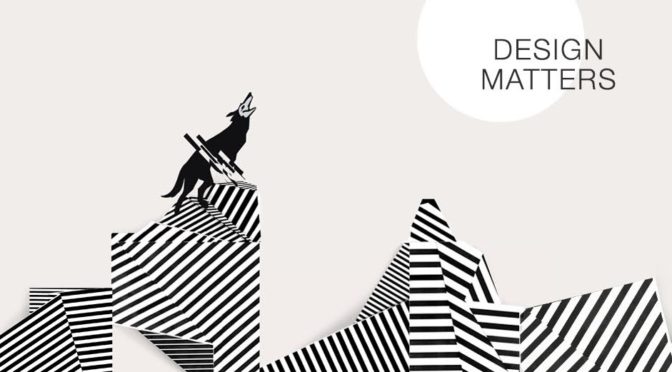
The investment world sees the value of Design in technology,
wants to understand its making from a “nice to have competency
to a need to have competency.”
This means that though previously design was
only a subsidiary part of technology, today it has
become a necessity, in technology, since products have to feel better.
This is the new way of thinking.
Today’s focus is on the simplicity of things.
Design is about relevance.
It is not just, about making a product aesthetically
pleasing but about making it an effective idea or concept.
Design makes this desirable.
Previously in order to make products cheaper,
tech companies would design at the end.
Today it’s the reverse. Design is seen as an investment,
it is added at the very beginning of a product manufacturing process.
Design has to work together with technology.
Apple is the only company in the world to have a Senior Vice President in design.
General Motors, in 1950’s hired it’s first VP in design,
which lead to car acquisition to have a sharp rise
after he changed the car designs.

If you take a stroll around our little office, you’d find
a strange kind of creative nest- a not so safe haven of ideas.
We have some heavily booked walls.
We love quirky things. Quirky could easily be misunderstood as weird.
Feel free to drop by and interact with our designers
and other creative people, who aren’t designers.
Visit!